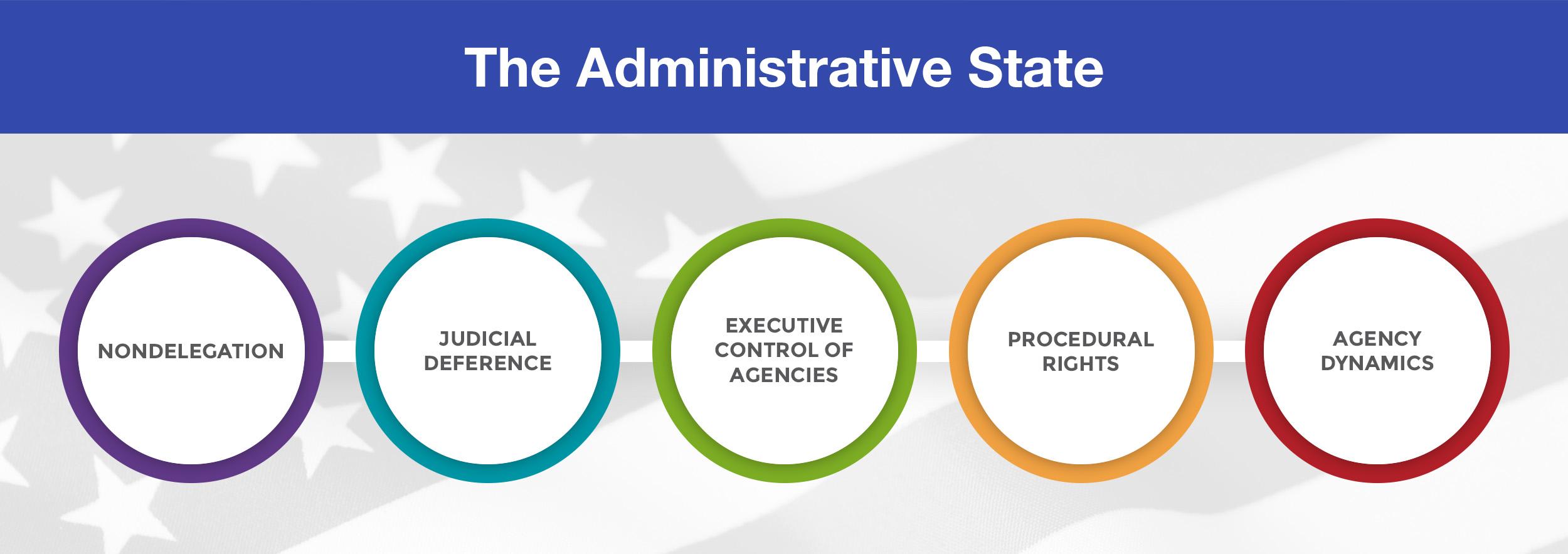In the intricate dance of power between the branches of government, the concept of judicial deference to administrative agencies has played a pivotal role in shaping the landscape of American jurisprudence. From its humble beginnings in the early days of the republic to its modern-day complexities, the evolution of judicial deference has been a fascinating journey that illuminates the delicate balance of power in our democracy. Join us as we embark on a timeline of the history of judicial deference to agencies, exploring how this doctrine has evolved over time and its implications for the future of governance.
Introduction to Judicial Deference
As we dive into the intricate world of judicial deference, it is vital to understand the historical timeline that has shaped this important legal concept. Originally stemming from the landmark case of Chevron U.S.A., Inc. v. Natural Resources Defense Council, Inc. in 1984, the principle of deference to administrative agencies has had a profound impact on the way courts interpret and apply statutory law.
Over the years, the doctrine of judicial deference has evolved through various court decisions and legislative actions. From the seminal case of Auer v. Robbins in 1997 to the more recent developments surrounding Brand X in 2005, the concept of deference continues to be a hotly debated topic among legal scholars and practitioners alike. Understanding the historical timeline of judicial deference is crucial for grasping its significance in modern administrative law.

Evolution of Judicial Deference in the United States
In the early years of the United States, judicial deference to administrative agencies was limited as the role of these agencies was not as prominent as it is today. The Supreme Court’s ruling in Marbury v. Madison in 1803 laid the foundation for the principle of judicial review, giving courts the power to interpret the Constitution and strike down laws that were deemed unconstitutional. This early emphasis on judicial oversight set the stage for a more limited scope of deference to agencies.
As the federal government expanded in the 20th century, so too did the role of administrative agencies in interpreting and enforcing laws. The Chevron deference doctrine, established in Chevron U.S.A. Inc. v. Natural Resources Defense Council, Inc. in 1984, marked a shift towards greater judicial deference to agencies in matters of statutory interpretation. This watershed moment in administrative law gave agencies more authority to interpret ambiguous statutes, with courts deferring to agency expertise as long as their interpretations were deemed reasonable. This evolution in judicial deference has had far-reaching implications for the balance of power between the branches of government in the United States.
| Year | Landmark Case |
|---|---|
| 1803 | Marbury v. Madison |
| 1984 | Chevron U.S.A. Inc. v. Natural Resources Defense Council, Inc. |

Key Supreme Court Cases Shaping Judicial Deference
From the early days of the Supreme Court to the present, key cases have shaped the doctrine of judicial deference to administrative agencies. One landmark case that set the stage for this doctrine is Cheyenne River Sioux Tribe v. United States, where the Court established the principle that agencies are entitled to deference in interpreting their own regulations. This decision laid the groundwork for future cases that reinforced the idea of agency expertise and discretion.
Another pivotal case in the timeline of judicial deference is Skidmore v. Swift & Co., where the Court introduced the concept of Skidmore deference. This form of deference recognizes that agency interpretations are not binding but should be given weight based on their persuasiveness and the agency’s expertise. Over the years, the Supreme Court has continued to refine the scope and limits of deference, playing a critical role in shaping the relationship between agencies and the judiciary.

Recommendations for Balancing Judicial Deference with Judicial Review
In order to strike a balance between judicial deference and review, it is essential for judges to consider several factors when evaluating agency decisions. Firstly, **establishing clear guidelines and standards** for when deference should be given can help ensure that agencies are held accountable for their actions. By setting clear boundaries, judges can prevent agencies from overstepping their authority and ensure that decisions are made within the scope of their expertise.
<p>Secondly, **encouraging transparency and public participation** in the decision-making process can help increase accountability and prevent abuses of power by agencies. By allowing for public input and feedback, agencies can be held to a higher standard and ensure that their decisions are fair and just. Overall, finding the right balance between judicial deference and review is crucial in maintaining the integrity of the legal system and upholding the rule of law.</p>
| Year | Event |
| 1984 | Supreme Court rules in Chevron v. Natural Resources Defense Council |
| 2001 | Supreme Court refines Chevron doctrine in United States v. Mead |
| 2019 | Supreme Court limits deference in Kisor v. Wilkie |
Key Takeaways
In conclusion, the timeline of judicial deference to agencies reflects a complex relationship between the judiciary and administrative bodies. From its origins in the early 20th century to its evolution in response to changing political landscapes, the concept of deference has been a dynamic and contested aspect of administrative law. As we continue to navigate the intricate intersection of regulatory power and judicial review, it is clear that the debate over the appropriate degree of deference will continue to shape the future of administrative law in the United States. Thank you for joining us on this journey through the history of judicial deference to agencies.





